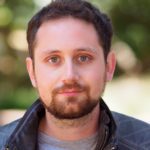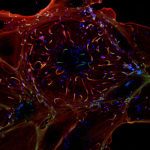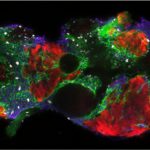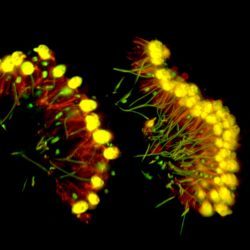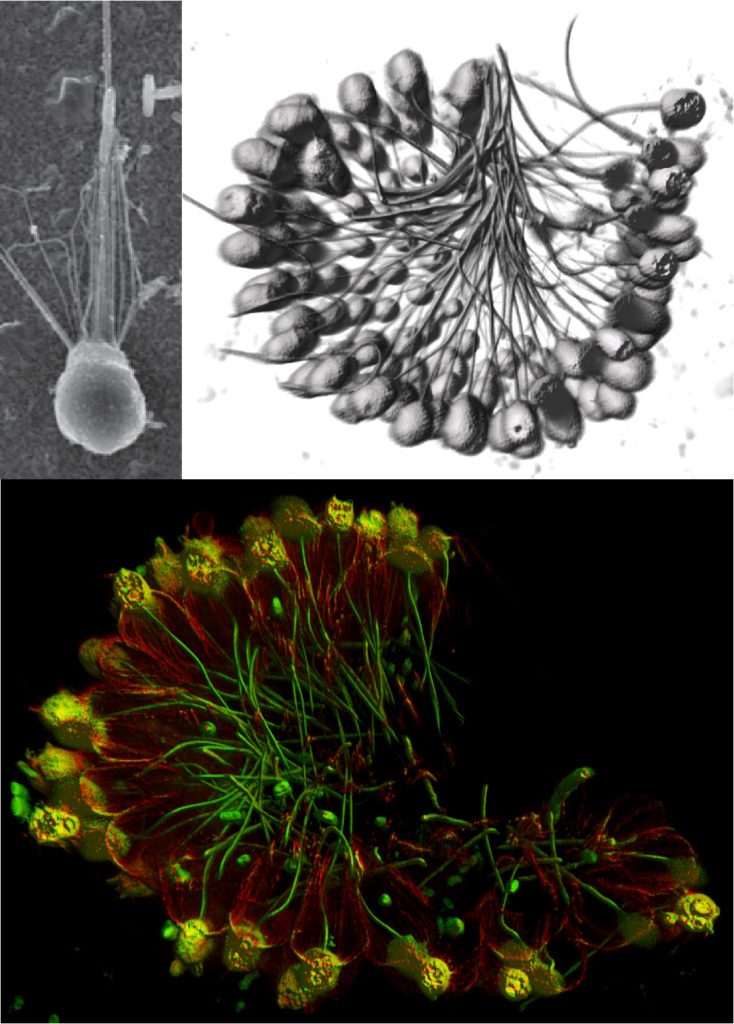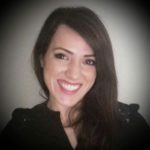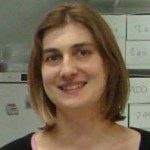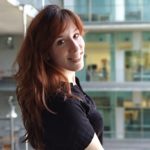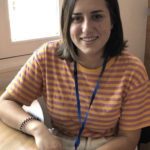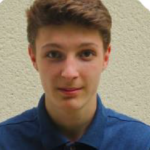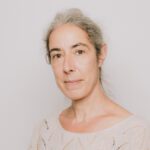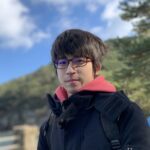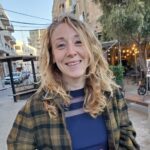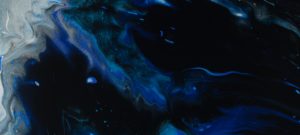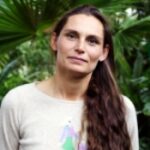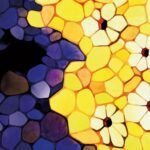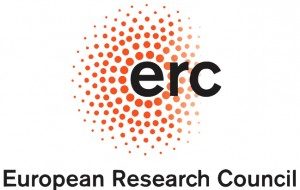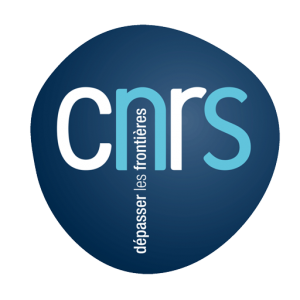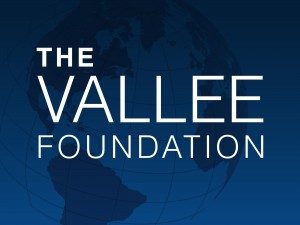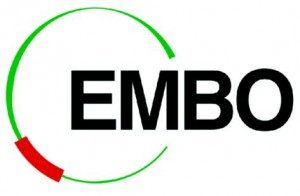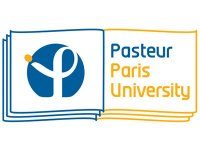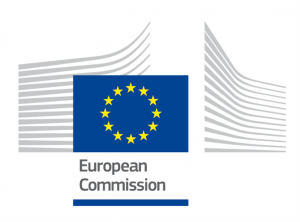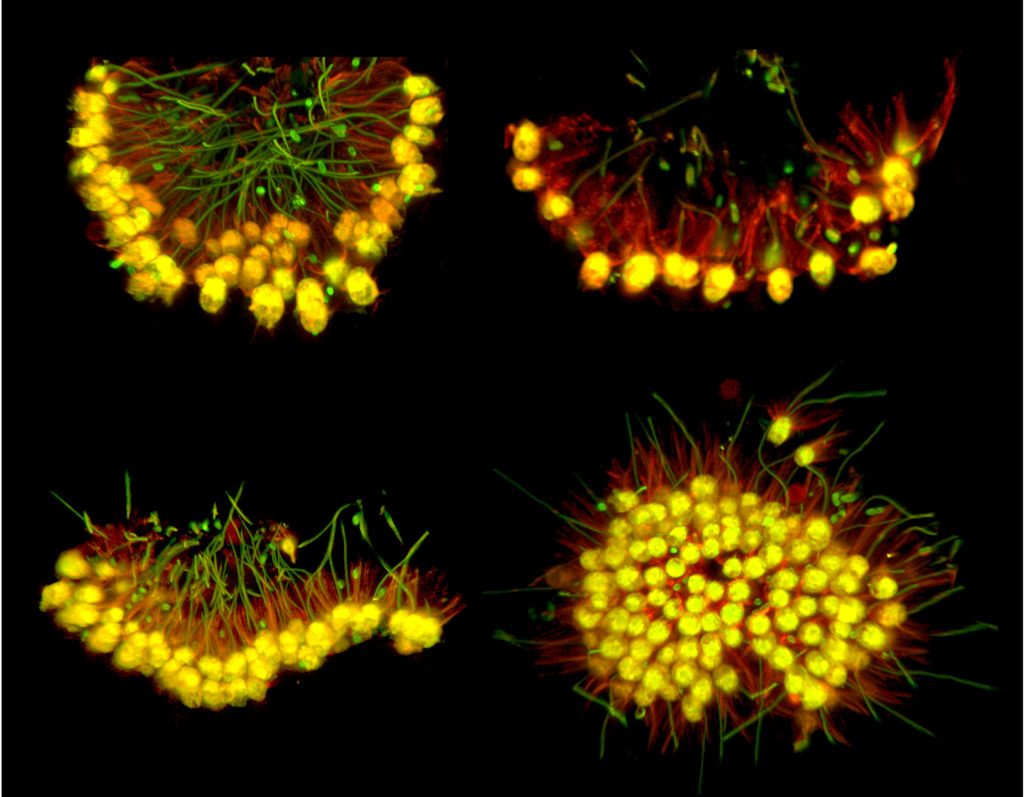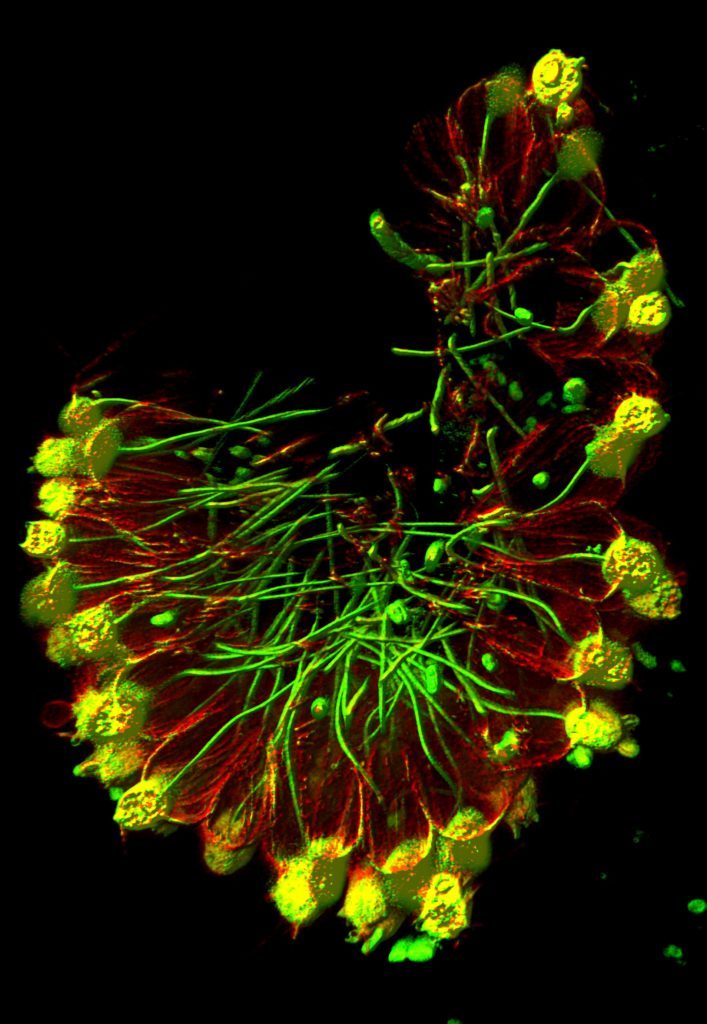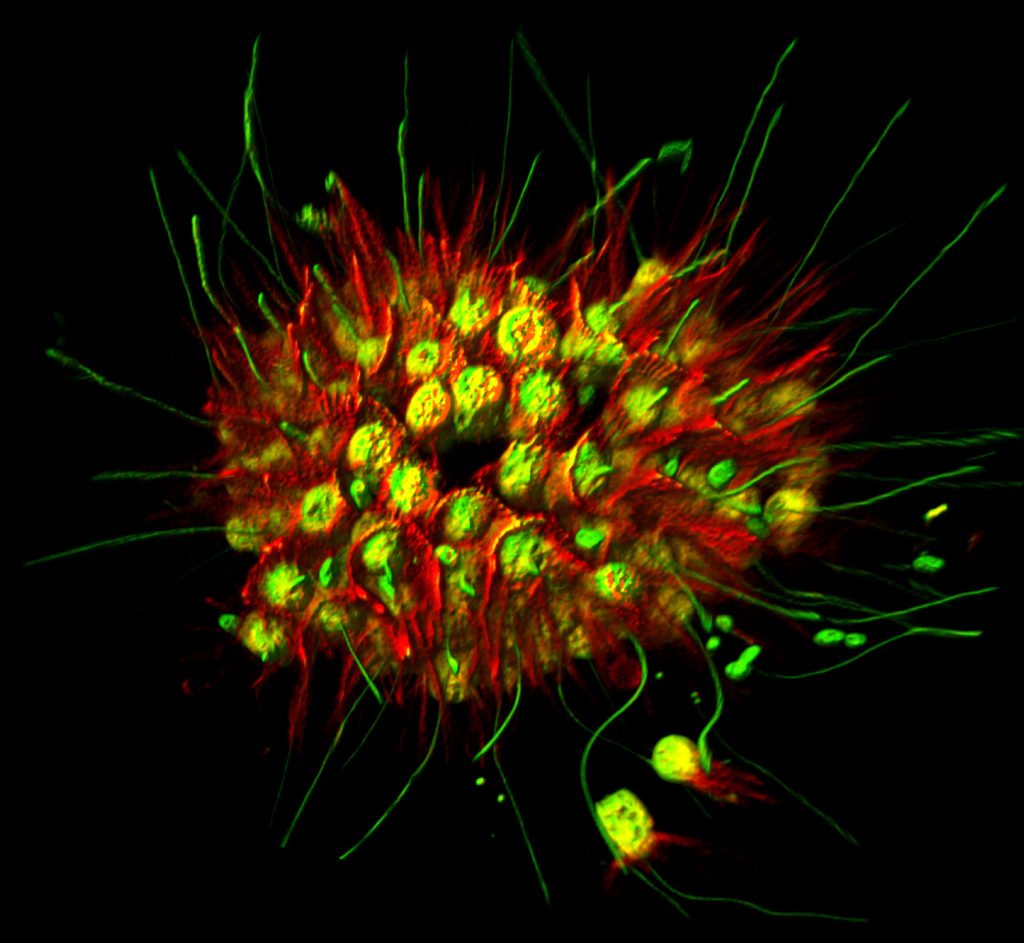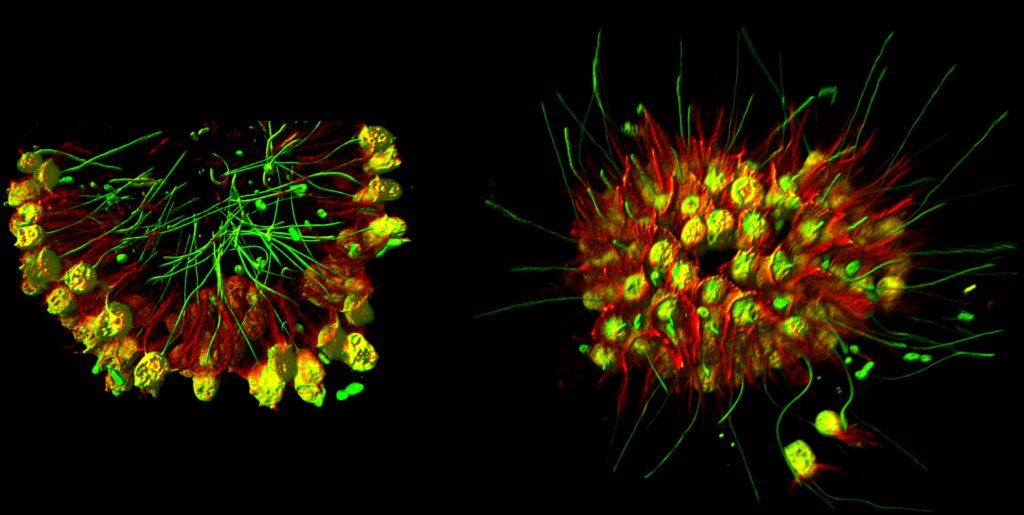We study a simple but unsolved question: what did the first animals look like? What was their form and function? How did the cellular mechanisms of animal morphogenesis evolve in our remote unicellular ancestors, ancient micro-organisms of the Precambrian ocean? While the very first multicellular ancestors of animals were likely microscopic (and too small to leave fossils), we can gain insights into these questions via the comparative study of living groups. Our lab investigates the cell biology, morphogenesis and behavior of choanoflagellates, the closest known living relatives of animals. Choanoflagellates can switch between unicellular and multicellular lifestyles, display temporal cell differentiation, and have recently become amenable to functional molecular genetics. We want to understand how the cell shape of choanoflagellates is controlled, how it dynamically responds to the environment, and how choanoflagellates sometimes develop into multicellular colonies capable of emergent collective behavior. We address these questions through an interdisciplinary and comparative approach, applying concepts and tools from diverse fields (cell biology, developmental biology, molecular biology, biophysics) to multiple species of choanoflagellates – including the established model species S. rosetta and M. brevicollis, as well as a multicellular species we recently discovered: C. flexa, which forms large multicellular sheets capable of fast contractile behaviors in response to environmental stimuli.
Unicellular form of S. rosetta and multicellular form of C. flexa
Contact: thibaut.brunet[at]pasteur.fr.
